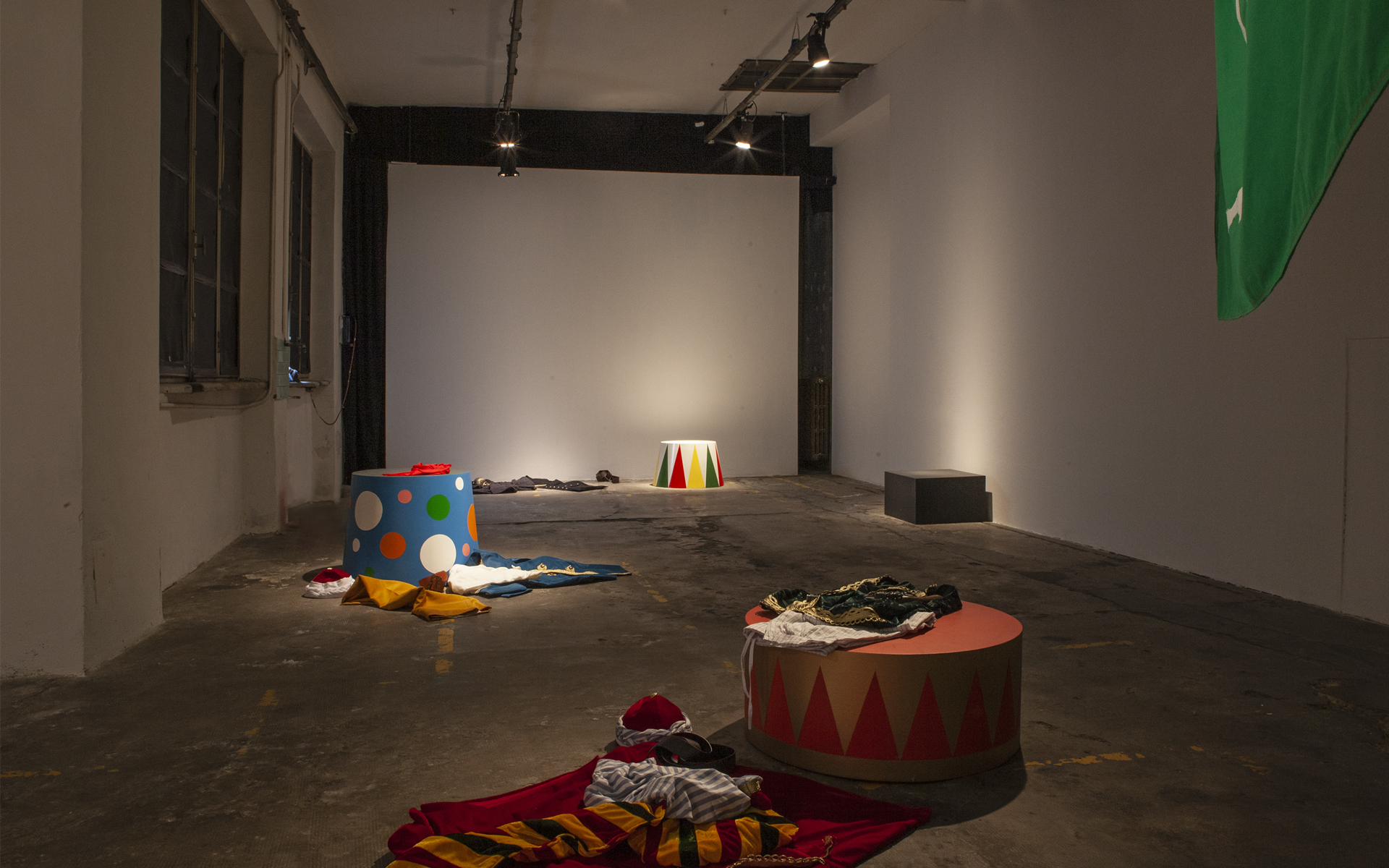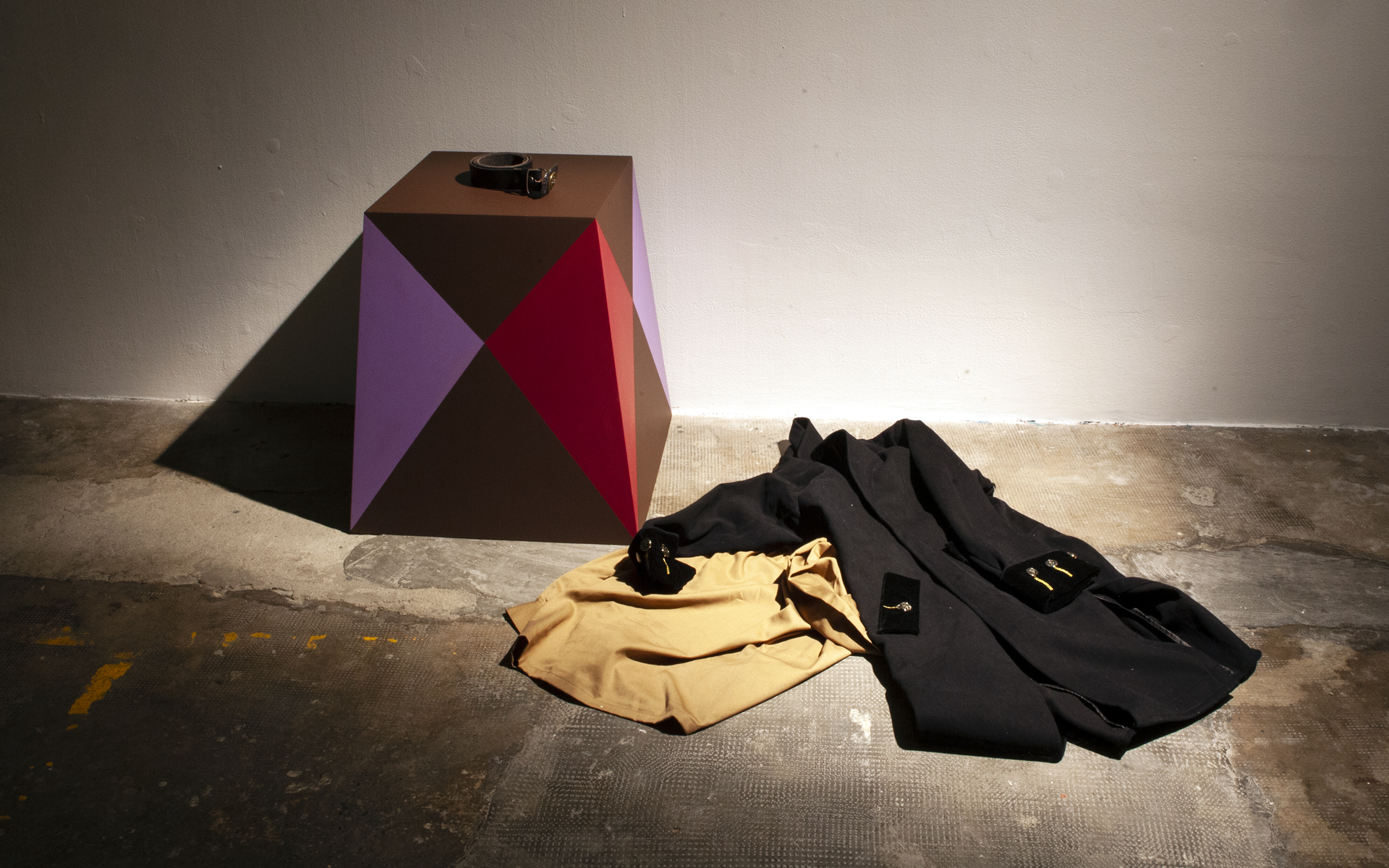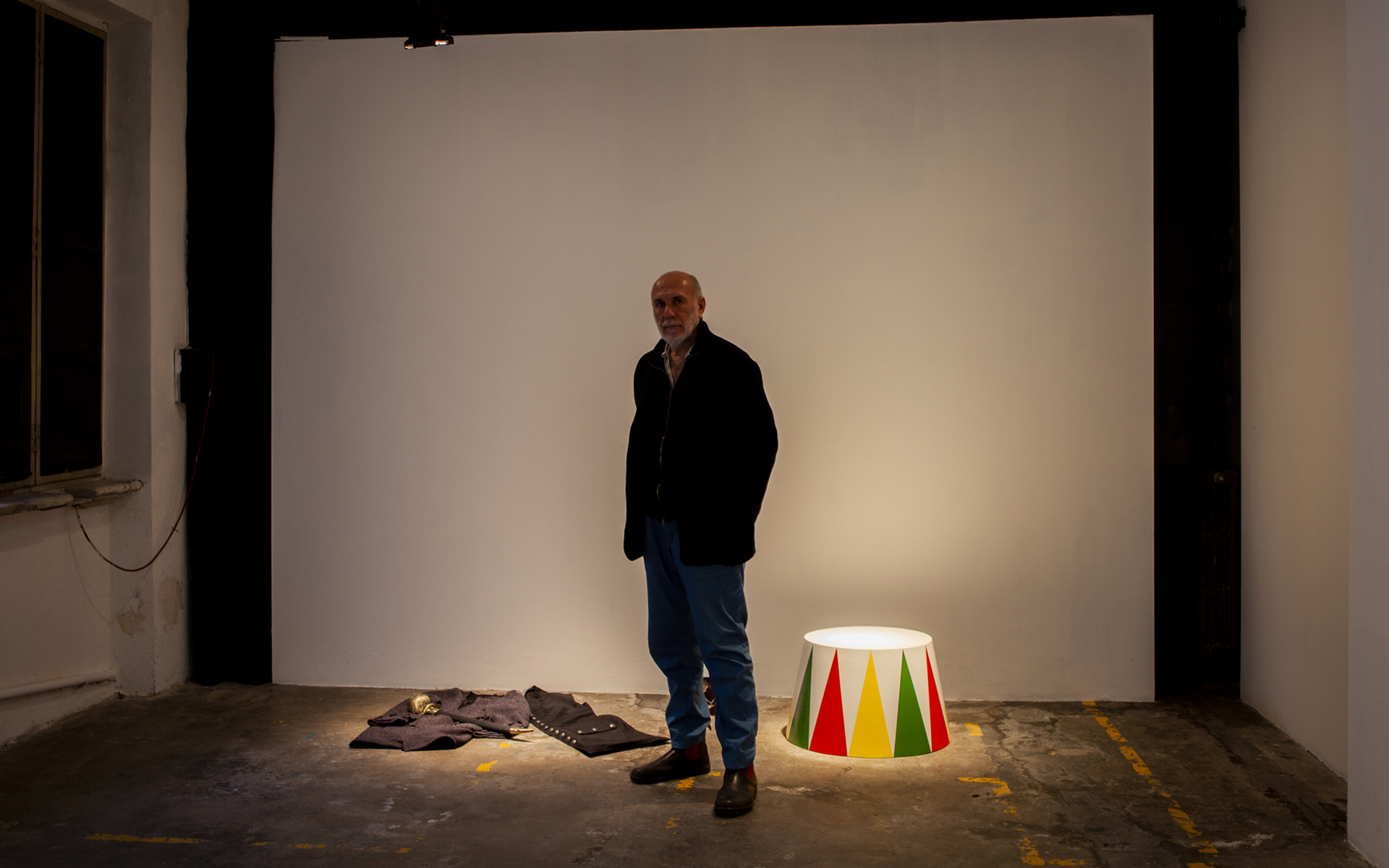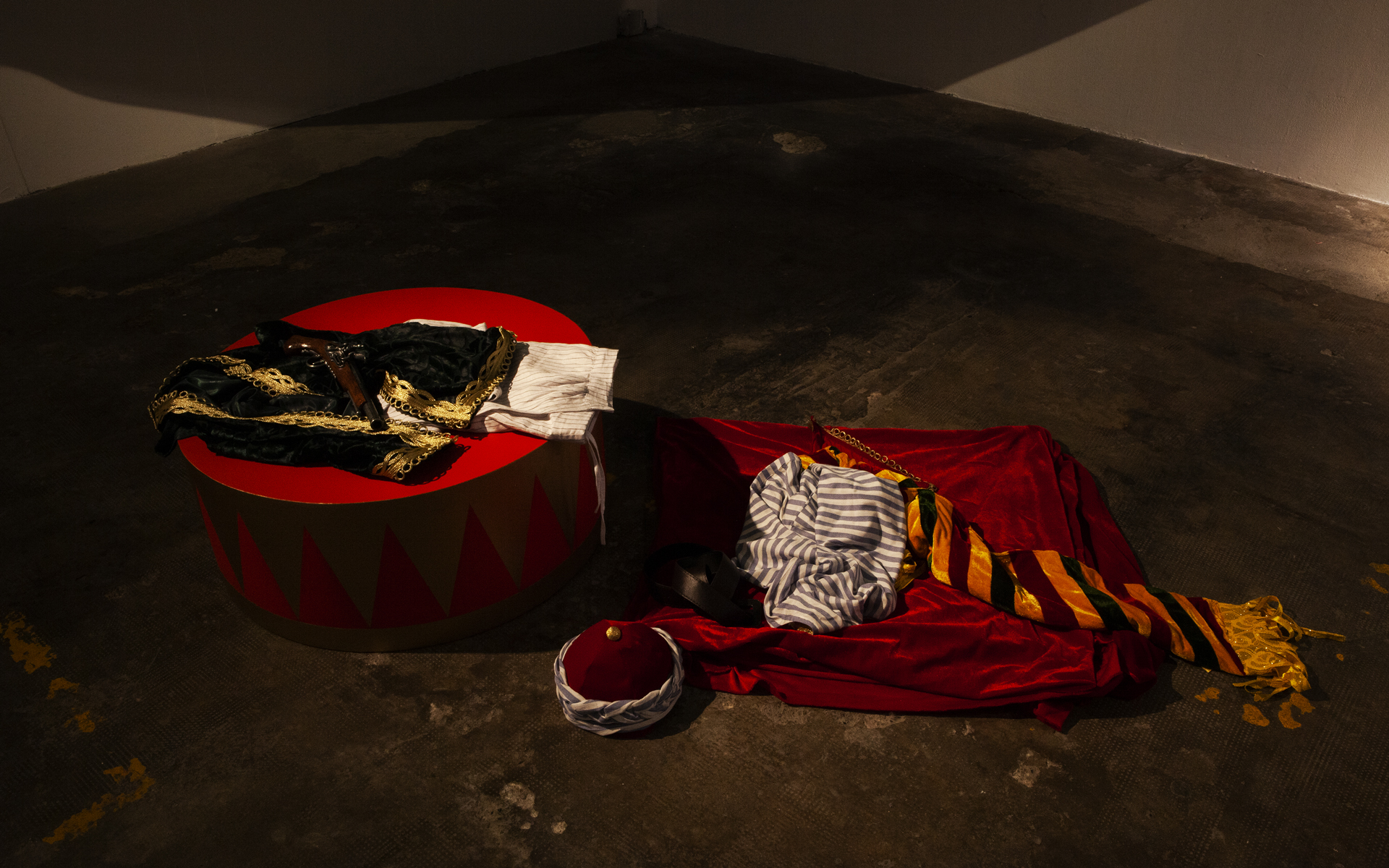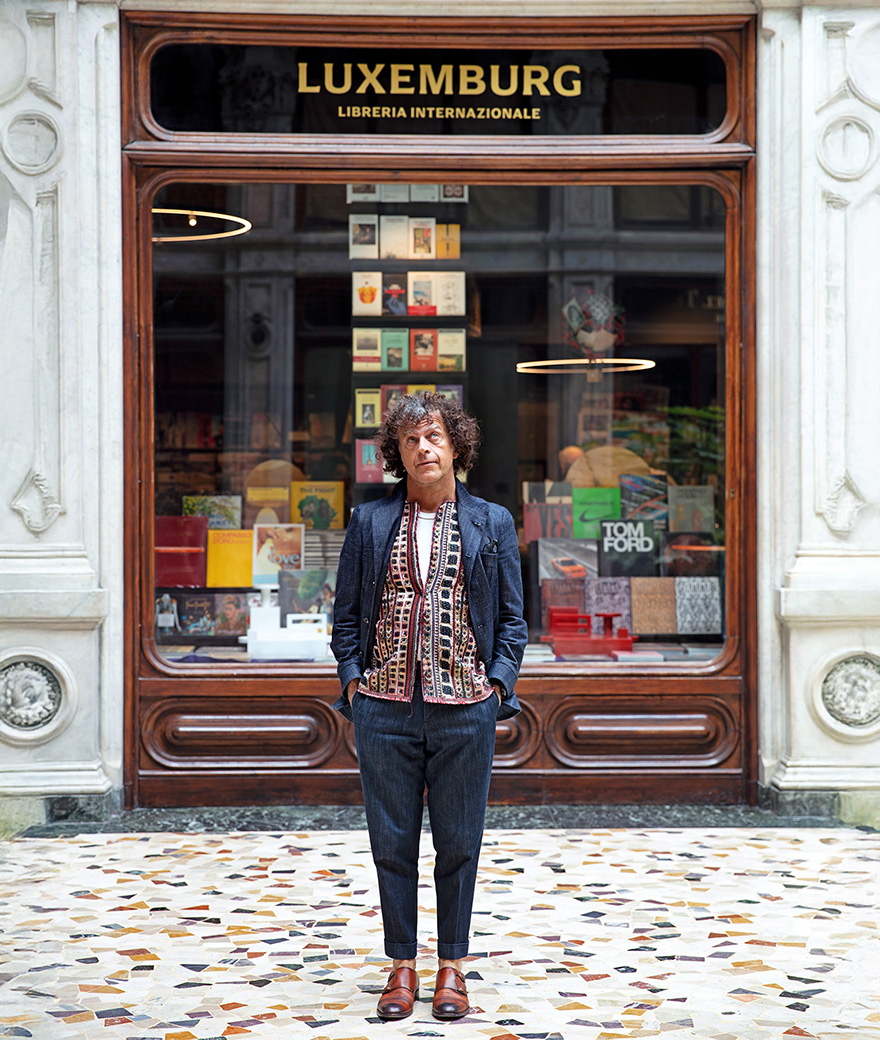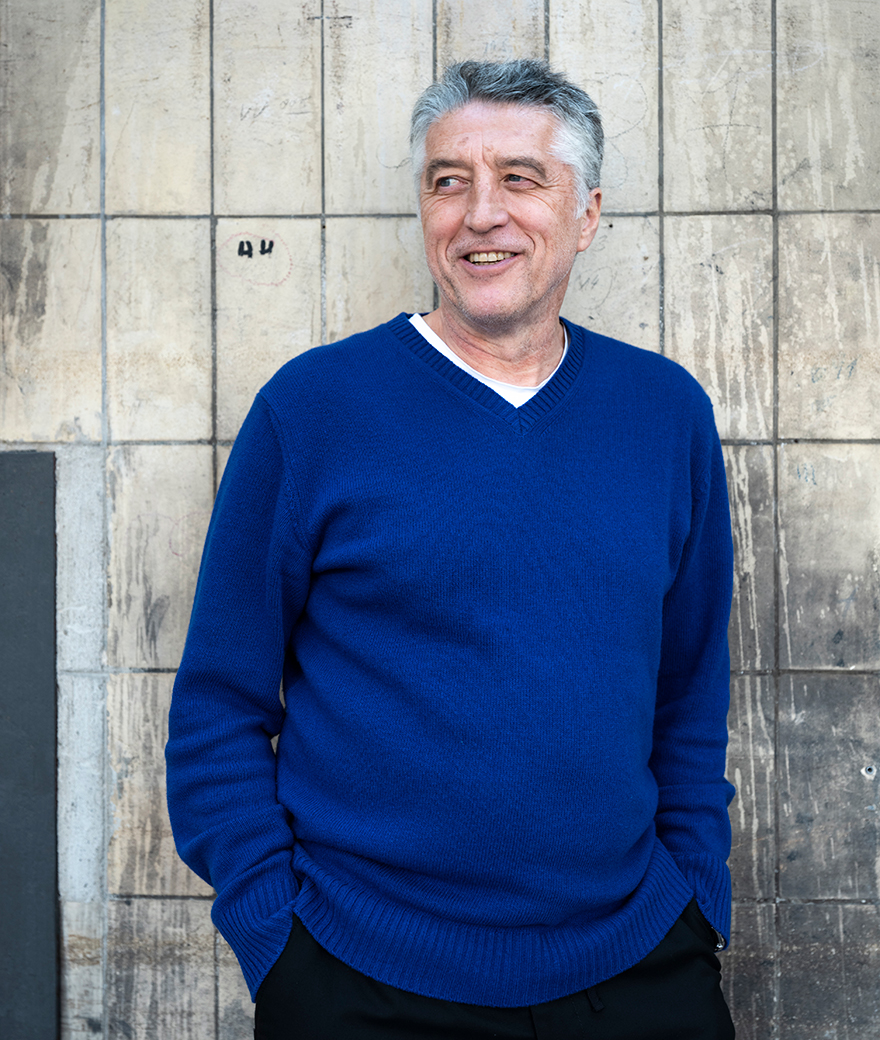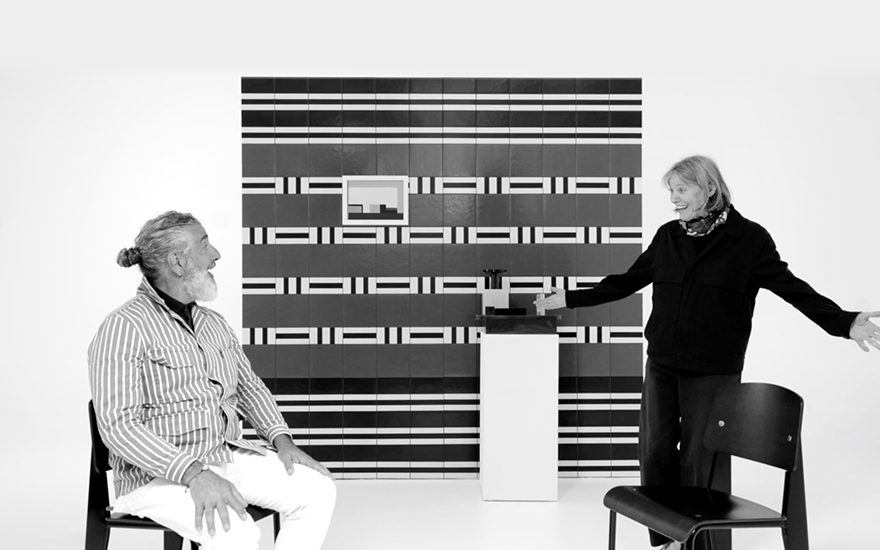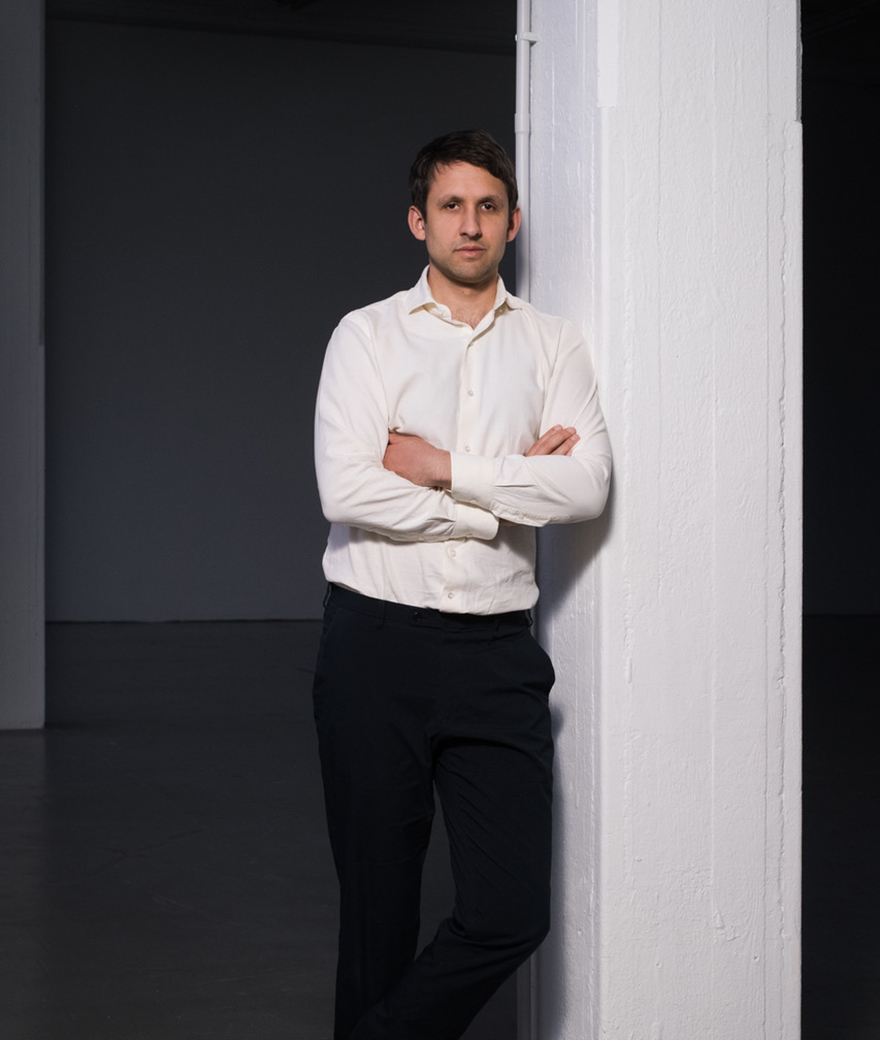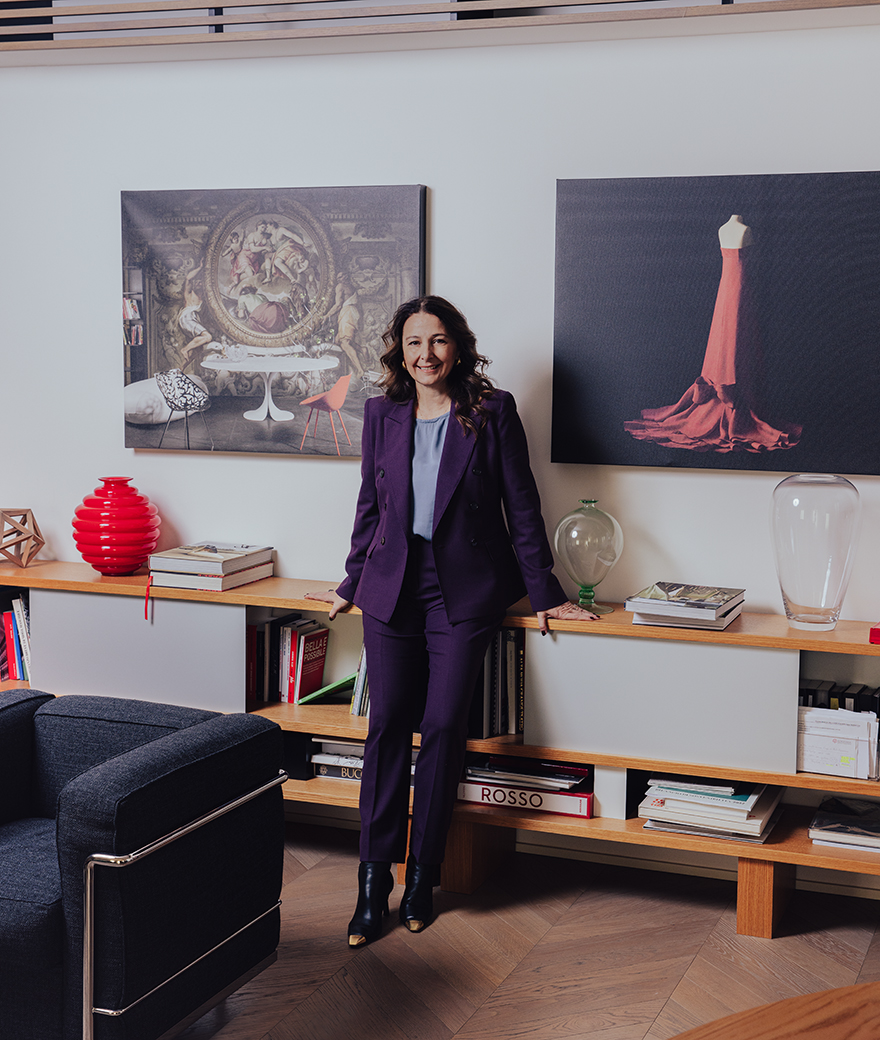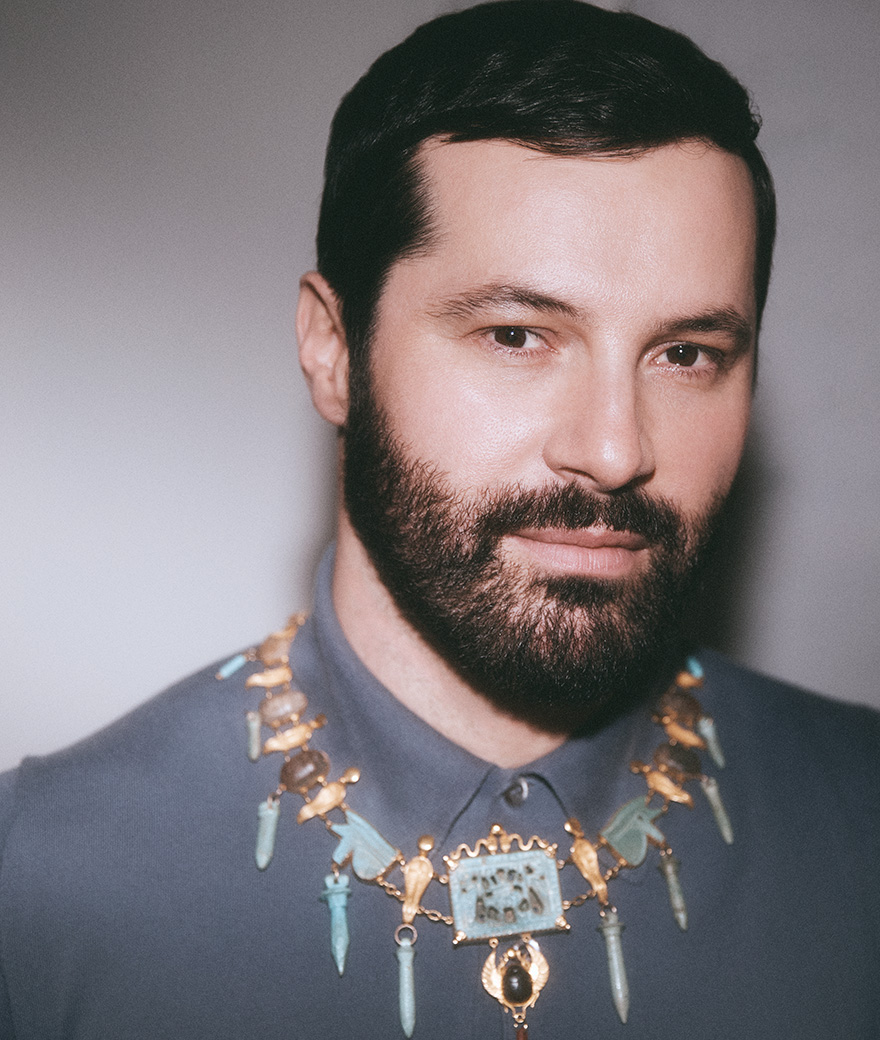A talk with Guido Costa
Would you like to tell us how your passion for contemporary art was born and developed?
My professional pathway is quite complex and I never thought I’d became a gallerist. After majoring in aesthetic philosophy with Gianni Vattimo, I worked as a teacher for a while and wrote texts and scripts for the entertainment industry, then I got to Repubblica. It was then that I started to visit exhibitions and artistic events, overcoming my reluctance towards visual arts and, when also the world of journalism started annoying me, I decided to experiment being an independent curator. Without any experience. Since I spoke foreign languages, I immediately went for the international scene. It was fun and constructive. Then, thanks to a project I’ve never realised, I went to Napoli, where I met two collectors who had just opened a gallery and were looking for a director to manage it. I accepted, moved there and everything changed. I started working with American artists and photography, and set up an awesome programme with my Neapolitan bosses. It lasted five years, until 1999, but it was a true marvel.
You mostly work as a curator, but you’re also known as a philosopher and art historian. What do these figures have in common and which one better represents you?
I think that dealing seriously with art means to draw on the most various fields of knowledge, driven by an inexhaustible curiousity. It means to use sophisticated theoretic tools, being conscious about the history of arts and informed about techniques, as well as feeling comfortable with technology. It also means being able to exercise empathy in certain ways, both with artists and the public, specialised or not. You’re supposed to be a little bit of everything, without emphasising a single expertise. You can’t be just head, just arm, or just heart. An exhibition is an extremely complex organism: if you want to keep it alive, you must operate on multiple fronts with infinite precautions. Otherwise you’re a merchant and only speak about money.
What’s the history of Guido Costa Projects? What aims does the gallery pursue with the exhibition programme?
Guido Costa Projects was founded in Turin in 1999 and, at first, it was meant to be a gallery without the gallery. In my opinion, it was limiting to have a physical space and I was more interested in following the realisation of specific projects, created by my artists for institutions or, eventually, for private spaces. I tried to work like this for a couple of years, as some sort of creative manager, ma I immediately had to face the gallery and fair systems that were against it. Though with great difficulty, especially because of the economic effort caused by the many original productions, over the years I realised more than fifty projects and most of them have been entirely bought by great museums and private collections, in Italy and abroad. GCP’s programme is absolutely idiosyncratic as it reflects my passions, taste and the community of artists with which I work, the same with whom I started my adventure as a gallerist. Sometimes someone new arrives, but I’ve never abandoned an old companion once his fortune has declined. I know this is kind of a romantic approach and scarcely profitable in the nowadays art system, merciless and cannibalistic, but I just can’t do it otherwise.
What criteria do you apply when you have to choose artists to work with? Are they the same that you take in consideration as a collector?
When it comes to the artists I decide to work with, firstly I have to be interested in the creative energy they communicate, the rational design, the obsession for research and the perseverance to overcome difficulties. I’m suspicious of sprinters and I like marathoners. I can’t stand academicism, trends and little tricks to stay afloat. I like impossible projects and challenges on the edge of logic. I have an ambivalent relationship with curators: if they quote Heidegger or Lacan, I immediately understand if they actually read it or it’s just a friend’s friend’s friend.
I think that dealing seriously with art means to draw on the most various fields of knowledge, driven by an inexhaustible curiousity.
Do you remember the first artist that you have exhibited? Would you like to tell us an anecdote?
The first artist I’ve exhibited has been William S. Burroughs, in a Turin-based ephemeral gallery in 1991. My adventure in the art field has just begun and I was especially interested in contaminations between arts and those artists that couldn’t exactly been assimilated to the galleries scene. It was a curious exhibition, where I displayed not only a nurtured selection of recent Burroughs’ paintings, but also built a sort of Burroughsian scenery by combining several elements, terrariums with live insects, audio cut ups, some Mollino’s furniture and a great club-library, installed with the help of John Giorno. A very strange and beautiful exhibition, surely naive, but many people still remember it.
How did you get to know Mutina? What did strike you the most about the company?
I discovered Mutina thanks to Sarah Cosulich, who introduced me to Massimo and invited me to the exhibitions in Fiorano, to which I always took part with great pleasure. I really like Massimo: I like his energy, his candor, his ability to take risks and his generousity. If he were an artist, I would represent him with the gallery. I have recently collaborated with Mutina realising the great Paul Thorel’s mosaic at Museo Madre in Napoli and I appreciated the absolute professionalism of the whole group, their ability to work as a team and dynamism. In short, they do such a good job and it’s a rare pleasure to work with them.
Do you have a favourite Mutina collection? Why?
Even though I don’t have a proper minimalist taste, I love Folded by Raw Edges. Should I buy a house someday (right before going to the old folks’ home), I swear I’ll make great use of it.
Is there an artwork from your personal collection you feel particularly attached to?
Yes, and we’re tracing back again to William S. Burroughs. I sold just one piece during that exhibition, the most beautiful one, a wide steel sheet, spry-painted and pierced by several bullet holes (it was the most important artwork from the Shotgun Paintings series, presented the previous year at Venice Biennale). It was bought by a couple that had been out of my sight for at least twenty years. One day I happened to meet them outside the house. I immediately asked about the painting and they told me that they had kept it hanging at home for a long time, but then they got tired and left it in the basement. I thought it was a sign of destiny: I converted the millions of lire of its market price at that time in euros and made an offer. They accepted and I took the artwork back. Now it’s in my house, hanging over a 1957 – year of my birth – Gibson Les Paul.
When it comes to the artists I decide to work with, firstly I have to be interested in the creative energy they communicate, the rational design, the obsession for research and the perseverance to overcome difficulties.

